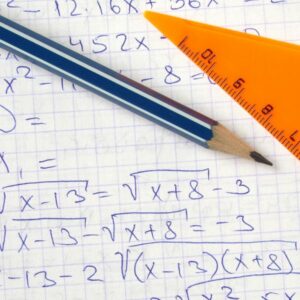
05 Jan Manhattan Algebra 1 Tutor
MANHATTAN ALGEBRA 1 TUTOR

WE travel to YOUR NYC home:
WE also travel to:
Manhattan Algebra 1 Tutoring
Module 1: Numbers
Topic A: Squares and Square Roots
Lesson Objective: Perform the four arithmetic operations using radical terms that are the same and different and write the result in its simplest form.
Squares
To square a number, just multiply it by itself.
Example: What is 3 squared?
“Squared” is often written as a little 2 like this:
This says “4 Squared equals 16”
(the little 2 means the number appears twice in multiplying, so 4×4=16)
Square Root
A square root goes the other direction:
3 squared is 9, so a square root of 9 is 3
A square root of x is a number r whose square is x:
r is a square root of x
Here are some more squares and square roots:
Negatives
We discovered earlier that we could square negative numbers:
Example: (−3) squared
(−3) × (−3) = 9
And, of course 3 × 3 = 9 also.
So the square root of 9 could be −3 or +3
Example: What are the square roots of 25?
(−5) × (−5) = 25
5 × 5 = 25
So the square roots of 25 are −5 and +5
The Square Root Symbol
This is the special symbol that means “square root” it is sort of like a tick and actually started hundreds of years ago as a dot with a flick upwards. It is called the radical and always makes mathematics look important!
and we say, “square root of 9 equals 3”
Example: What is √25?
25 = 5 × 5, in other words when we multiply 5 by itself (5 × 5) we get 25
So the answer is: √25 = 5
But wait a minute! Can’t the square root also be −5? Because (−5) × (−5) = 25 too.
Well the square root of 25 could be −5 or +5.
But when we use the radical symbol √ we only give the positive (or zero) result.
Example: What is √36?
Answer: 6 × 6 = 36, so √36 = 6
Perfect Squares
The Perfect Squares (also called “Square Numbers”) are the squares of the integers.
Calculating Square Roots
It is easy to work out the square root of a perfect square, but it is really hard to work out other square roots.
Example: what is √10?
Well, 3 × 3 = 9 and 4 × 4 = 16, so we can guess the answer is between 3 and 4.
Let’s try 3.5: 3.5 × 3.5 = 12.25
Let’s try 3.2: 3.2 × 3.2 = 10.24
Let’s try 3.1: 3.1 × 3.1 = 9.61
…
Getting closer to 10, but it will take a long time to get a good answer!
At this point, I get out my calculator and it says:
3.1622776601683793319988935444327
But the digits just go on and on, without any pattern.
So even the calculator’s answer is only an approximation
Note: numbers like that are called Irrational Numbers if you want to know more.
A Fun Way to Calculate a Square Root
There is a fun method for calculating a square root that gets more and more accurate each time around:
a) start with a guess (let’s guess 4 is the square root of 10) around
b) divide by the guess (10/4 = 2.5)
c) add that to the guess (4 + 2.5 = 6.5)
d) then divide that result by 2, in other words, halve it. (6.5/2 = 3.25)
e) now, set that as the new guess, and start at b) again
And so, after 3 times around the answer is 3.1623, which is pretty good, because:
3.1623 x 3.1623 = 10.00014
Now … why don’t you try calculating the square root of 2 this way?
How to Guess
What if we have to guess the square root for a difficult number such as “82,163” … ? In that case we could think “82,163” has 5 digits, so the square root might have 3 digits (100×100=10,000), and the square root of 8 (the first digit) is about 3 (3×3=9), so 300 is a good start.
Surds
When we can’t simplify a number to remove a square root (or cube root etc.,) then it is a surd.
Example: √2 (square root of 2) can’t be simplified further so it is a surd
Example: √4 (square root of 4) can be simplified (to 2), so it is not a surd!
Have a look at some more examples:
The surds have a decimal that goes on forever without repeating, and are Irrational Numbers.
Simplifying Square Roots
To simplify a square root: make the number inside the square root as small as possible (but still a whole number):
Example: √12 is simpler as 2√3
Get your calculator and check if you want: they are both the same value!
Here is the rule: when a and b are not negative
√(ab) = √a × √b
Example: simplify √12
12 is 4 times 3: √12 = √(4 × 3)
Use the rule: √(4 × 3) = √4 × √3
And the square root of 4 is 2: √4 × √3 = 2√3
So √12 is simpler as 2√3
Example: simplify √8
√8 = √(4×2) = √4 × √2 = 2√2
(Because the square root of 4 is 2)
Example: simplify √18
√18 = √(9 × 2) = √9 × √2 = 3√2
*It often helps to factor the numbers (into prime numbers is best):
Example: simplify √6 × √15
First we can combine the two numbers:
√6 × √15 = √(6 × 15)
Then we factor them:
√(6 × 15) = √(2 × 3 × 3 × 5)
Then we see two 3s, and decide to “pull them out”:
√(2 × 3 × 3 × 5) = √(3 × 3) × √(2 × 5) = 3√10
Fractions
There is a similar rule for fractions:
Example: simplify √30 / √10
First we can combine the two numbers:
√30 / √10 = √(30 / 10)
Then simplify:
√(30 / 10) = √3
Example: simplify
√20 × √5
√2
See if you can follow the steps:
√20 × √5
√2
√(2 × 2 × 5) × √5
√2
√2 × √2 × √5 × √5
√2
√2 × √5 × √5
√2 × 5
5√2
Example: simplify 2√12 + 9√3
First simplify 2√12:
2√12 = 2 × 2√3 = 4√3
Now both terms have √3, we can add them:
4√3 + 9√3 = (4+9)√3 = 13√3
Principal Square Root
So if there are really two square roots, why do people say √25 = 5 ? Because √ means the principal square root … the one that isn’t negative! There are two square roots, but the symbol √ means just the principal square root.
Example:
The square roots of 36 are 6 and −6
But √36 = 6 (not −6)
The Principal Square Root is sometimes called the Positive Square Root (but it can be zero).
Plus-Minus Sign
± is a special symbol that means “plus or minus”,
so instead of writing:
w = √a and w = −√a
we can write:
w = ±√a
In a Nutshell, When we have: r2 = x, then: r = ±√x
Reference:
Students of all ages receive one-on-one guidance in all instructional materials, exam preparation, and executive function therapy. At Themba Tutors, we take the time to help students and clients appreciate their strengths and succeed in areas where they need to improve. We offer personalized tools for each of our clients to help them become more aware of their individual needs as they work toward short-term goals. These skills will assist our students/clients in achieving their long-term goals.
MEET OUR MANHATTAN ALGEBRA 1 TUTORS WHO TRAVELS TO YOUR HOME:

DAN
M.S. Ed., NYS Certified Childhood General and Special Education (Grades 1-6)

MICHELLE L.
Bachelor of Science degree in Cognitive Science with minors in psychology and disabilities studies, Masters in Speech and Language Pathology, & Juris Doctor degree from New York Law School

NICOLE
Elementary School Teacher, Master’s in Special Education and General Education (1-6)

KIRSTEN
M.S. Ed., NYS Certified Childhood General and Special Education (Grades 1-6)

ELIZABETH
Bachelor’s degree in Childhood Education & Students with Disabilities (Grades 1-6), Master’s degree in Childhood Education & Students with Disabilities (Grades 1-6)
**Guarantee: It’s critical that whoever receives our tutoring services connects with the specialist, the specialist has expertise in the area of need, and is available to travel to you. If you are not 100% satisfied with our services, we are 100% committed to finding you the right professional.
Chat with Themba Tutors Today! Our Manhattan Algebra 1 Tutors are ready to help you right now!
FREE CONSULTATION!!!
Call: (917) 382-8641, Text: (833) 565-2370
Email: [email protected]
(we respond to email right away!).
Craig Selinger
Latest posts by Craig Selinger (see all)
- Psychotherapy and Support Services at Cope With School NYC - April 12, 2024
- NYC Parents of Teens Support Group - April 8, 2024
- Here I Am, I Am Me: An Illustrated Guide to Mental Health - April 4, 2024














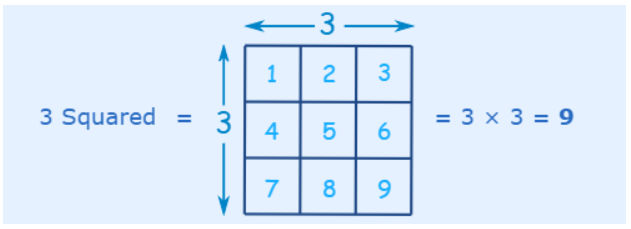
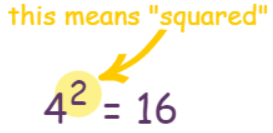
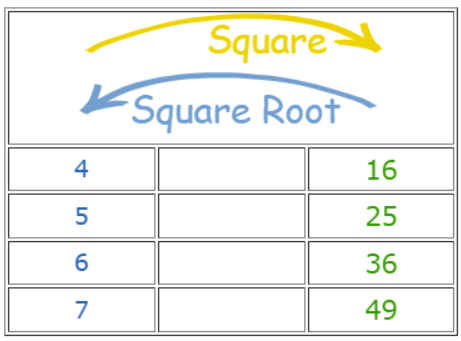

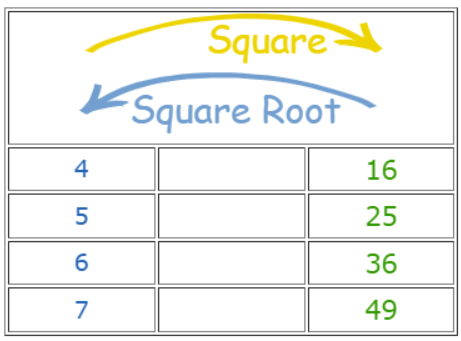
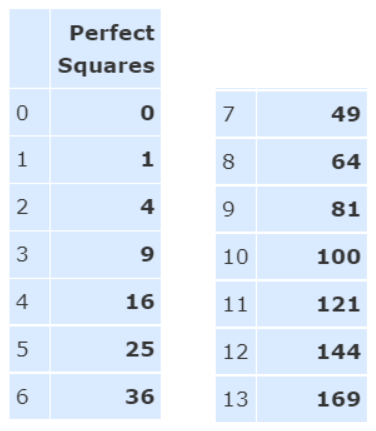
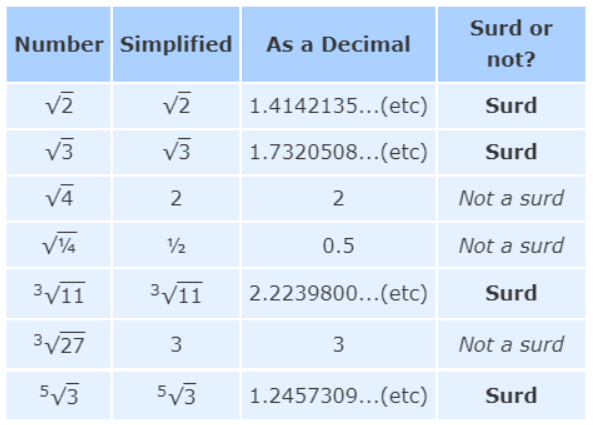
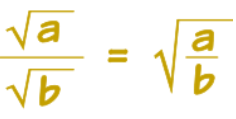

No Comments